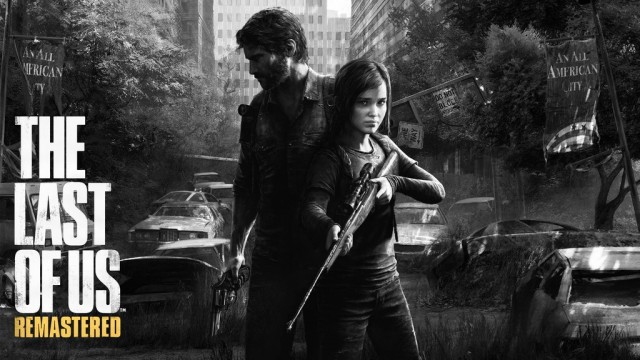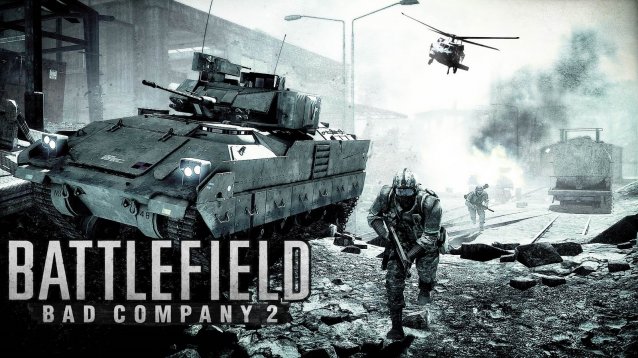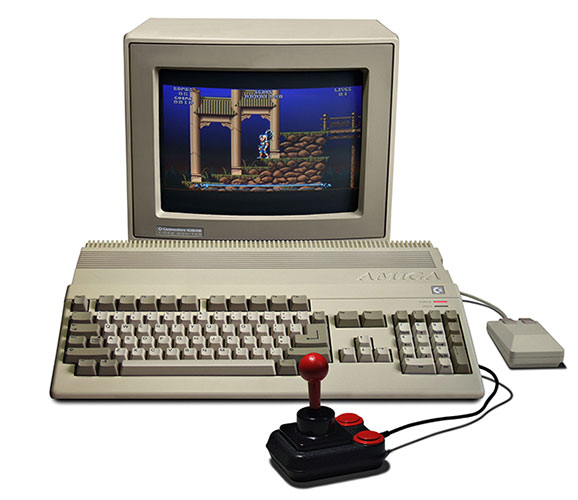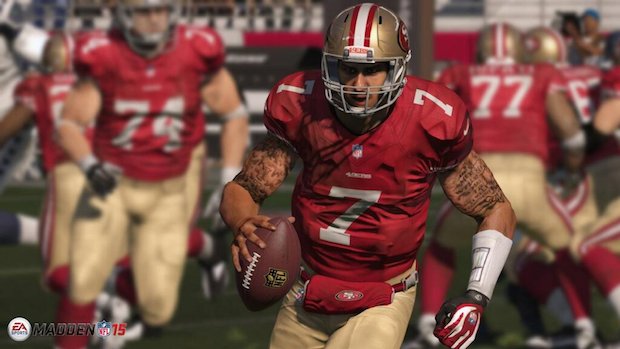

The studio-funded movie tie-in game. Is there any sadder proposal? Whatever the odds, Star Trek: The Game — with the cast on hand, a story supplied by the film’s writing team, and claims of a new form of co-op between Spock and Kirk — seeks to deliver a story bridging the gap between J.J. Abrams’ movie reboot and this summer’s sequel.
Star Trek has shown potential in previous years, but now that it’s here, did developer Digital Extremes do the impossible? Or is Star Trek just an excuse to make money off a Trek-skinned mediocre shooter?
One might assume that without the money or ambition of a major triple-A shooter at their disposal, Digital Extremes would focus not on what would have to be a straightforward, cut and dry shooter, and put the emphasis on story and Star Trek lore. Unfortunately, that is not the direction taken — a decision which still boggles us, since the reasons people turn to Star Trek likely aren’t the same as those leading to the success of, say, Gears of War.
But in the path to establishing Spock and Kirk as two of the galaxy’s most rampant killers, the shooting is painfully rote. Using long distance weapons or the recharging, reliable phasers, enemy encounters are based solely on firing enough rounds in to the target. Increased difficulty only means more shots are needed to bring down an enemy, making combat as paint-by-numbers an experience as possible. And again, with minimal conversation between the two leads, feels completely removed from the Trek universe and generic story line at play.
Before long, the basic gameplay structure is thus: go to the point indicated on your screen, shoot things in the way, and do so without feeling anything in the proceedings that might offer any sense of nostalgia or enjoyment due to the experience sharing a universe with the current Star Trek franchise. Because… that’s what a video game is, right?
Hitting the point home was the decision to leave out Romulans, Klingons, or any other classic Trek villain as antagonists, and go with the Gorn. While the reptilian race may be a favorite among fans of the original TV series, the ‘reimagined’ Gorn are as painfully predictable and uninteresting as any other alien/monster/sci-fi shooter in existence.
Prior to release, much was made of Paramount’s commitment to extending their movie universe into the video game realm by calling on Chris Pine, Zachary Quinto, and the rest of the cast to voice their respective characters. While the studio would like fans to believe that the move was key in delivering a high-quality experience, the results are anything but a success.
With the quality of voiceover work ranging from competent (Pine and Simon Pegg) to disappointing (Quinto), Zoe Saldana’s Uhura seems a particular low point — honestly, a casual viewer might assume the actress has been personally wronged by the video game industry to warrant her complete disdain for reading lines.
Yet a brief appearance from Karl Urban’s ‘Bones’ McCoy reminds us why we loved the animated character on screen, and highlights just how poorly the rest of the cast has brought their character’s personality to gamers through voice alone. We’d blame direction and investment on the developers’ side more than the talent (since their skills aren’t in question), but there’s no mistaking that the voices are the only way anyone would recognize these characters as extensions of their on screen personas.
Ultimately, the experience is a mess; all storytelling or interaction between characters takes place solely in cut-scenes that are not only totally divorced from the gameplay, but aside from the character models’ faces and (sub-par) voices, could be pulled from virtually any third-tier shooter on the market.
As for the co-op, well, when Spock and Kirk aren’t throwing out their classic witty banter (“Spock, hack that console!” “I will hack the console.”) the interaction between the two amounts to a re-skinned take on Army of Two‘s give-and-take two-player gameplay — without the good parts. What was promised to be a revolutionary approach to truly asymmetrical gameplay results in simple mini-games and QTEs, and Spock is every bit as lethal as Kirk in a fight.
In the end, Star Trek isn’t a bad game in the typical way movie tie-ins usually are. The core gameplay as a third-person shooter is competent where it needs to be, but nowhere near fine-tuned or tutorial-ized enough to make stealth as satisfying an experience as it’s pitched to be. Extended load times, awkward pacing and a poorly-communicated, generic sci-fi plot all make the first half of the campaign a chore; a true shame, since the second half of the game possesses some of the more promising traversal, cinematic sequences (the wingsuit flying, in particular), and interesting (if Flintston-ian) art design.
But even in the best cases, the most promising mechanics are not fully realized and poorly implemented. And by the time players have reached them, they’ll just be looking for a reason to stop playing. There was potential here, but from animation to story, level design to traversal, every aspect is designed to work ‘well enough.’
That’s not enough to kill a good tie-in, but with a total absence of what — or who — makes Star Trek meaningful, there’s no real point.
Star Trek: the Video Game is available for the Xbox 360, PlayStation 3 and PC. Game Rant played the Xbox 360 version for its review.
–
Follow me on Twitter @andrew_dyce.




 Relive Classic Amiga Pinball With Pinball Dreams & Fantasies for iOS
Relive Classic Amiga Pinball With Pinball Dreams & Fantasies for iOS Pandora Buys Rdio, Google Answers Questions, the $10 Android... [Digest]
Pandora Buys Rdio, Google Answers Questions, the $10 Android... [Digest] The Wolf Among Us Episode 5: Cry Wolf Trophies, Achievements guide
The Wolf Among Us Episode 5: Cry Wolf Trophies, Achievements guide Madden NFL 15 PS4 Review
Madden NFL 15 PS4 Review Carmageddon: Reincarnation Wiki – Everything you need to know about the game .
Carmageddon: Reincarnation Wiki – Everything you need to know about the game .